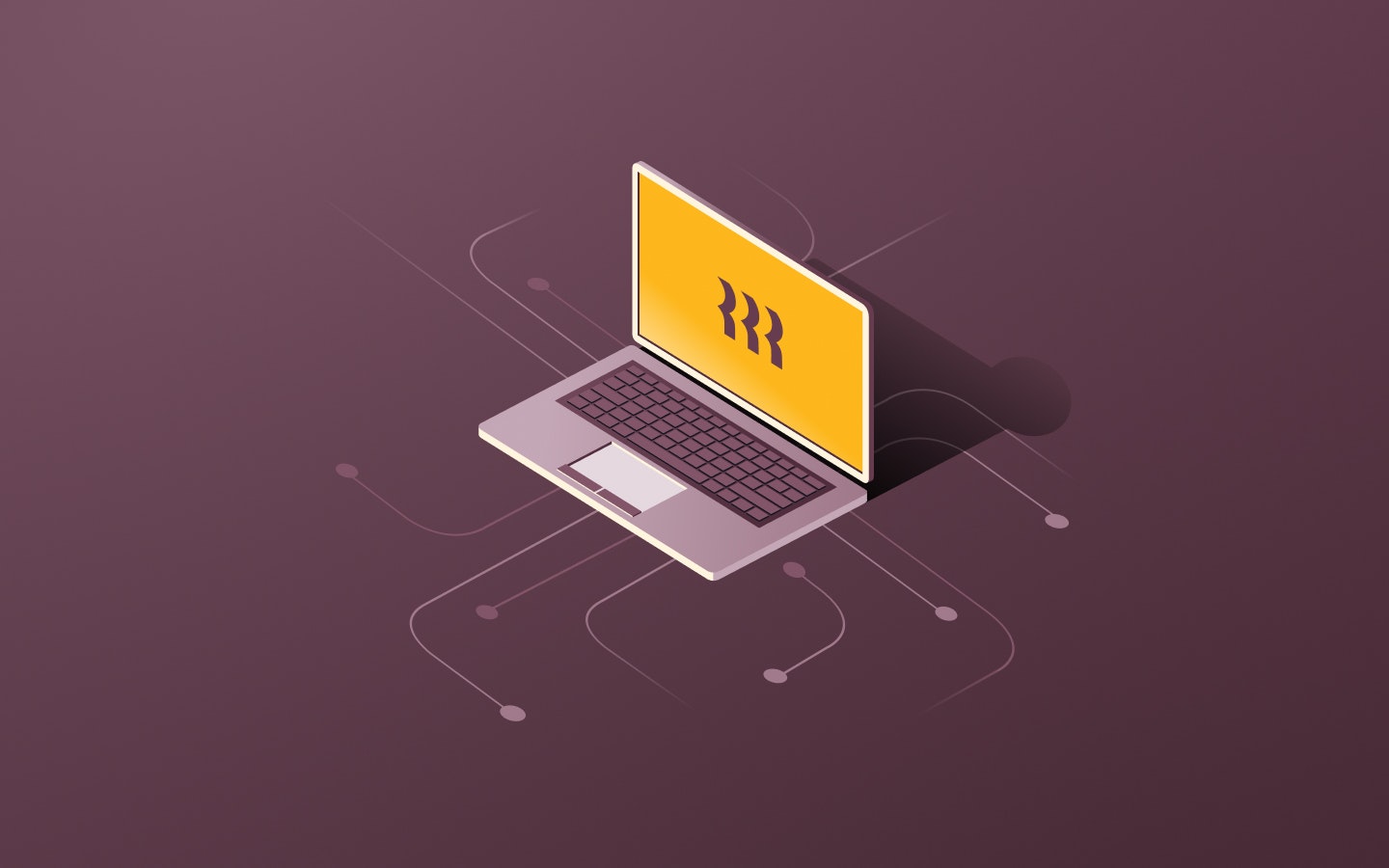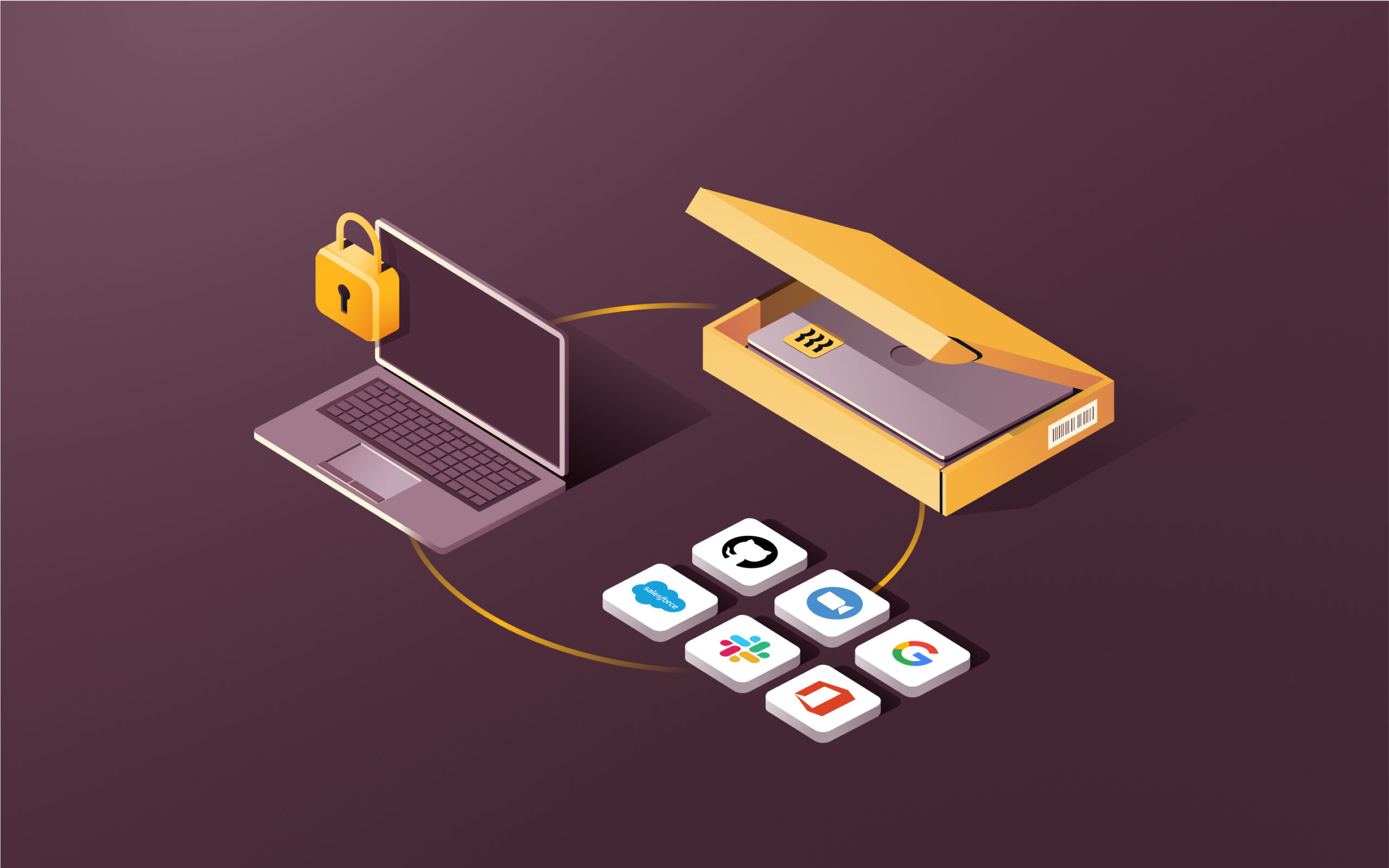Automate or die trying: How strategic CTOs reclaim 15+ hours weekly

You became a CTO to build product, not babysit IT. But as your company grows, so do the manual tasks that eat away at your day. Resetting passwords, provisioning laptops, wrestling permissions; the list never ends.
At 10 employees, a little elbow grease keeps things running. At 50, the cracks start to show. By 100, you're drowning in help desk tickets and security holes. All while your roadmap hits roadblocks and your engineers wait idle.
It's not just your time that extra IT work steals, it's your most precious strategic asset: focus. Every minute spent on IT administration is a minute not spent on product innovation, team leadership, or growth.
The most effective CTOs automate their way out of this trap. They build scalable systems early, so they can stay laser-focused on what matters as the business expands.
Here's how they do it.
The brutal math of manual IT at scale
But first, let's quantify the toll of manual, ad-hoc IT management:
- Password resets: 5 minutes per reset, 50 resets per week = 4+ hours burned
- Laptop provisioning: 2 hours per laptop, 5 laptops per month = 10+ hours sunk
- Access tweaks: 15 minutes per change, 20 changes per week = 5+ hours gone
That's nearly a full day each week spent on tasks that deliver zero strategic value. And it only balloons from there as you scale.
But the true cost transcends time. Each manual action is a chance for human error to creep in. One misplaced permission or orphaned account can detonate into a security catastrophe or compliance nightmare.
Automation isn't just about efficiency. It's also about control.
Where to start your automation journey
You can't overhaul IT overnight. Nor should you. Like any major initiative, the key is to prioritize ruthlessly and iterate rapidly.
Start with the automations that deliver the most immediate ROI:
- Identity management: Tying SSO to your HR system lets you provision and deprovision access instantly as people join, move, and leave. This creates a central hub for managing all user access rights efficiently.
- Access workflows: Implement systems that let users request (and managers approve) apps directly through intelligent workflows. This eliminates bottlenecks while enforcing least-privilege access principles.
- Device lifecycle: Create automated processes for device procurement, configuration, deployment, and retirement. This empowers users with zero-touch provisioning while maintaining total endpoint control.
These foundational moves alone can recoup thousands of hours annually while dramatically hardening your security posture. But they're just the beginning.
Five high-leverage automation plays
With your baseline in place, it's time to unleash IT as a force multiplier. These five IT automations deliver efficiency and security gains that compound as you grow:
- Zero-touch onboarding: Automatically provision accounts and ship pre-configured devices without manual intervention. New hires become productive securely in days, not weeks.
- Self-service access: Implement systems that empower users to request resources through a governed catalog, complete with risk-based approvals and automatic reviews. The approach decentralizes access while maintaining tight control.
- Intelligent license management: Deploy tools that provide instant visibility into SaaS utilization, recover idle licenses, and prevent surprise renewals. Your organization transforms shadow IT into transparent, managed services.
- Automated patch management: Create processes to schedule and enforce OS and software updates across your entire fleet. Security posture strengthens continuously without disrupting user productivity.
- Contextual alert response: Set up systems that automatically triage and route alerts based on severity and risk. Teams spend less time investigating false alarms and more time addressing genuine threats.
Stitch these workflows together and you've built an automated IT machine that propels the business forward.
The case for consolidation: Why point solutions eventually fail
If automation is the vehicle, data is the fuel. And if that data is scattered across a dozen disconnected tools, you'll only slow yourself down.
Siloed point solutions don't just create extra work. They actively undermine automation efforts:
- Fragmented identity data prevents unified access policies
- Broken device-user associations thwart end-to-end lifecycle management
- Inconsistent user attributes sabotage self-service flows
Forward-thinking CTOs are escaping this maze by consolidating around unified platforms. By working from a consistent, real-time data layer, they can:
- Implement persona-based automations that span IT boundaries
- Enforce holistic policies that stay in sync as users evolve
- Extract rich insights to drive continuous optimization
Transform IT from cost center to growth engine
Tactically, IT automation is about doing more with less. Strategically, it's about enabling the business to move faster.
By reclaiming time, you open space for your team to tackle transformative projects. By instilling resilient processes, you harden the organization to withstand rapid scale. By delivering self-service, you accelerate employee productivity across the board.
That's the automation advantage. And it's what separates the CTOs who are shaped by the future from those who shape it.
Ready to build your automated IT foundation? Download the startup CTO's IT strategy bundle for step-by-step guides, tools, and templates to jumpstart your journey:
- Essential frameworks to secure and scale your IT operations
- Ready-to-implement templates for critical workflows
- Practical roadmaps for immediate efficiency gains
It's everything you need to retake control of your time and steer your company's technology destiny. Get the bundle now and start leading through leverage.
Schedule a demo with Rippling IT today
This blog is based on information available to Rippling as of April 14, 2025.
Disclaimer: Rippling and its affiliates do not provide tax, accounting, or legal advice. This material has been prepared for informational purposes only, and is not intended to provide or be relied on for tax, accounting, or legal advice. You should consult your own tax, accounting, and legal advisors before engaging in any related activities or transactions.











